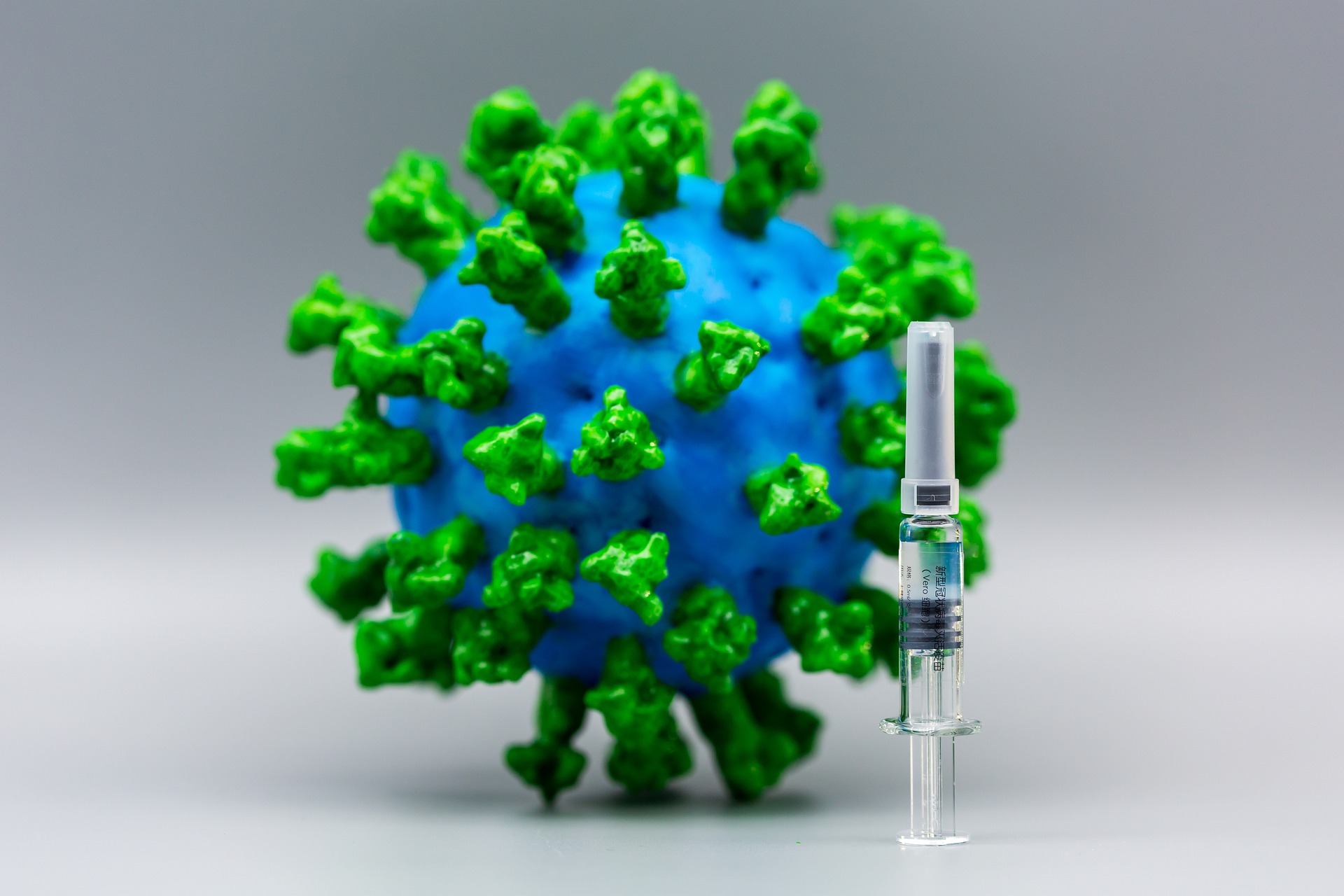Media release
From: Doherty Institute for Infection and ImmunityScientists describe immune response to COVID-19’s spike protein – the secret to a successful vaccine?
Scientists have uncovered how a crucial component of the immune system responds to the spike protein of SARS-CoV-2, the virus that causes COVID-19 – important information for future validation of vaccine candidates.
Coronavirus particles have a corona (crown) of proteins that resemble spikes, which enable the virus to attach and enter cells in humans. The spike protein is crucial in inducing neutralising antibodies to protect from re-infection.
Neutralising antibodies not only bind to the viral spike protein, but prevent it from being able to attach to and enter human cells. Generating a strong neutralising antibody response is an important goal for SARS-CoV-2 vaccines.
The spike protein is the target for most of the current COVID-19 vaccine human clinical trials and so a team from the Peter Doherty Institute for Infection and Immunity (Doherty Institute) was keen to investigate how the immune system, particularly B and T cells, responds to the spike.
B cells are responsible for producing the antibodies that recognize SARS-CoV-2, while T cells play an important role in supporting the development of the B cell response.
University of Melbourne Dr Jennifer Juno, a postdoctoral researcher at the Doherty Institute, said they looked at people who had recovered from COVID-19 who had mostly experienced mild or no symptoms, as that kind of immune response mimics what a vaccine might induce.
“We found that those who showed strong neutralising antibody activity had a robust B cell response, but most surprisingly, we also found that a particular subset of T cells, called T-follicular helper cells, was a great predictor of an effective immune response,” Dr Juno said.
“We have previously demonstrated through influenza research that B cells are key to mounting an effective immune response to influenza, and we also know that T-follicular helper cells specifically help B cells to make antibodies.”
The research team hopes the ‘immune parameters’ they’ve identified and published today in Nature Medicine can be applied to clinical vaccine trials to assess whether or not a vaccine might induce a strong or weak neutralising antibody response.
“Now we know how the immune system responds to the spike protein, and we have these biomarkers, or predictors of what elicits a good or poor immune response to COVID-19, we can look at the vaccine candidates and see what will offer the best protection,” Dr Juno explained.
In addition to COVID-19, the researchers also looked at circulating coronaviruses that cause the common cold in an effort to understand what would predict the neutralising response to SARS-CoV-2.
These findings were consistent with what was described in the immune responses of other people who had recovered from COVID-19.


